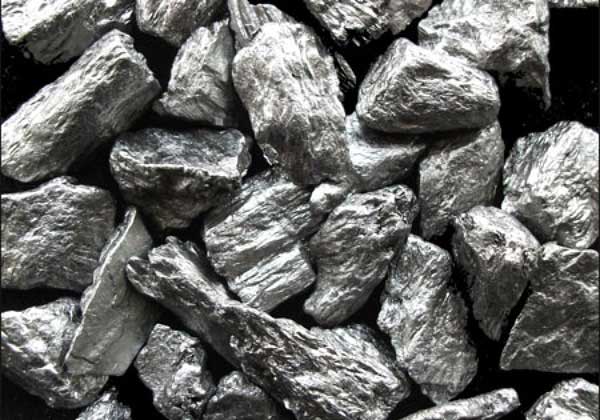25 Sep 2013 - {{hitsCtrl.values.hits}}
 The graphite mining industry in Sri Lanka dates back to 200 years with its boom periods during the First and Second World Wars when approximately 35,000 metric tons of natural graphite per annum, were exported. During this period, nearly 6000 shallow workings, pits and small scale mines were in operation.
The graphite mining industry in Sri Lanka dates back to 200 years with its boom periods during the First and Second World Wars when approximately 35,000 metric tons of natural graphite per annum, were exported. During this period, nearly 6000 shallow workings, pits and small scale mines were in operation.
26 Nov 2024 11 minute ago
26 Nov 2024 1 hours ago
26 Nov 2024 2 hours ago
26 Nov 2024 2 hours ago
26 Nov 2024 2 hours ago